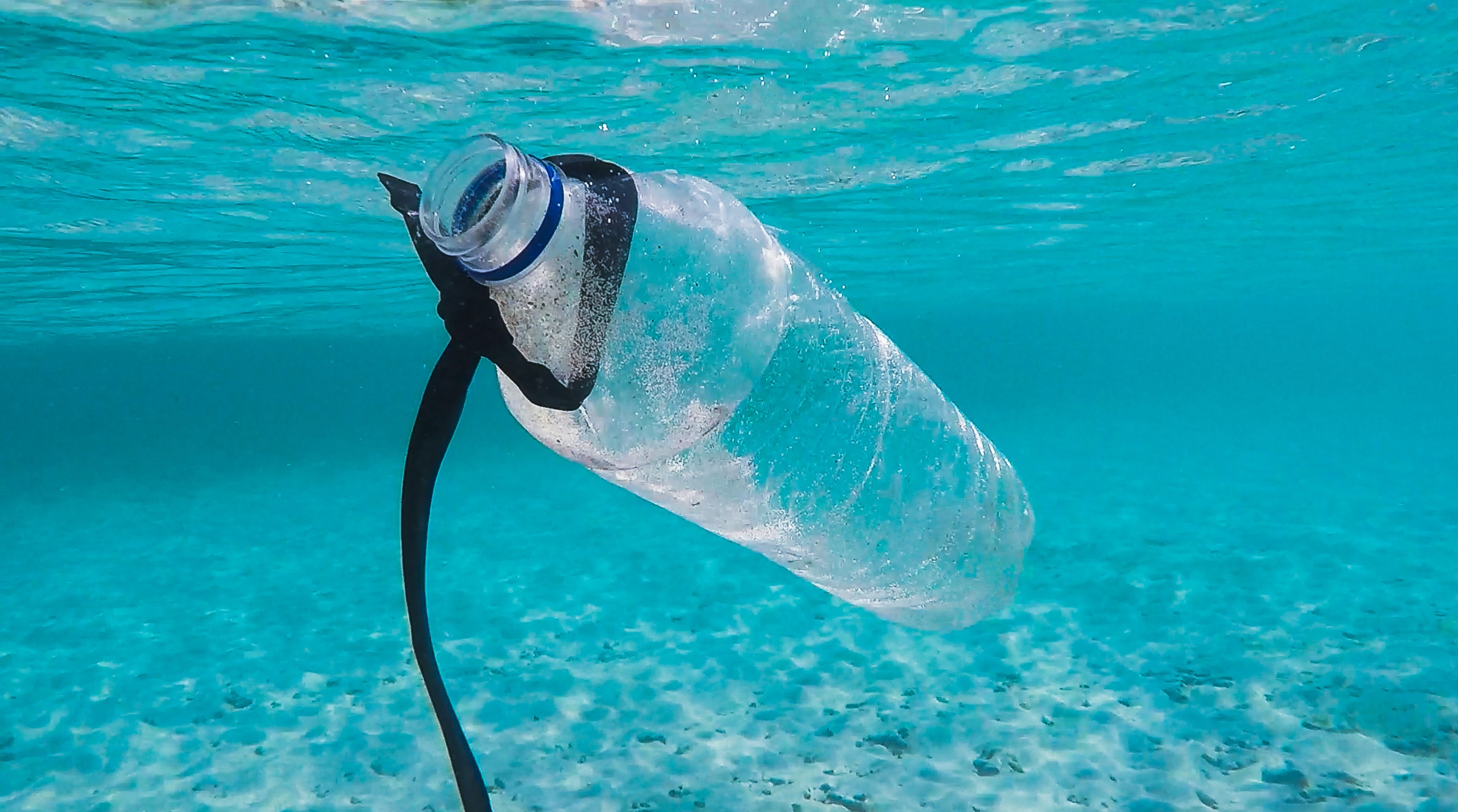Can Festivals Be More Eco-Friendly?
- 6月 6, 2019 ● From Fujirockers.org

Since China’s decision last year to refuse to be the world’s garbage dump, teamed with a growing collective awareness of plastic ocean pollution, the backwash through the media and society may feel like you’re being bombarded with constant requests to make better consumer choices, use fewer plastic bags and straws and generally make more changes to your behavior as an individual in order to affect change. However, as we delve into the topic of eco-friendly festivals and how you can make your festival-going as light on the Earth as possible, we also consider how festival organizations can do their part.
Fuji Rock is often touted as on of the top environmentally-friendly festivals in the world, and is proud of those green credentials, with “respect nature” being one of it’s core tenets. As part of the iPledge project, paper beer cups are recycled into toilet rolls for the following year’s festival; paper plates become paper for posters; plastic cups are turned into plastic bags. The Fuji Rock forest project works to preserve the local area and maintains the boardwalks through the forest between stages. These credentials are well-worth espousing and a good example to other festivals of how to do better, but it may also be worth considering that it is now no longer enough.
A Passion for Plastic
It’s necessary to outline the context in which the more eco-friendly practices of this festival exist. The mantra of “Reduce, Reuse, Recycle” is stamped into the minds of most young Japanese at school and Japan has a very well-developed waste-management system with garbage separation a common practice in many parts of the country. However, it seems that while the third “R” in that mantra is superficially cared for, the other two practices are questionable. Japan is one of the biggest consumers of plastic in the world, getting through 7.99 million tonnes each year. While 93.5% of plastic bottles are recycled (most of Japan’s PET bottles are virgin plastic), it’s the other kinds of plastic which are less well-dealt with. The average Japanese person consumes 300-400 plastic checkout bags every year, and if you factor in the flimsy bags used to individually protect your bananas with their already protective skins, or the individually wrapped rice crackers and snacks inside a larger pack, the real number must be staggeringly high.
510,000 tonnes of Japan’s plastic waste was being shipped to China before the country’s ban on plastic imports in 2018. With Malaysia now refusing to accept waste from overseas, and Thailand due to follow suit, it may be an issue that sees some more political attention. The Japanese government has set targets of a 25% reduction in disposable plastic by 2030, coupled with an increase in reuse and recycle targets to 60%. Given the government’s misplaced concerns for the health of the plastic industry, and the larger population’s apathetic attitude to plastic reduction, it seems like paying lip service to the problem rather than a genuine desire to do anything. Even the recent government announcement requiring shops to charge for plastic bags seems more like a pre-Olympic face-saving exercise than an earnest desire to change.
Festivals Leading The Way
The Japanese context puts Fuji Rock in progressive standing (at least in comparison to the rest of the country). In Naeba cutlery is generally recyclable, plates and containers too. But rather than festivals touting their impressive recycling practices, it might be wiser to consider cutting back on the need to recycle at all.
In terms of actively reducing waste, UK festivals are leading the way this year, an especially encouraging move seeing as 68% of UK festival waste goes to landfill. Glastonbury has banned the sale of single-use plastics at this year’s festival (in 2017 1.3 million plastic bottles were consumed). The festival has also previously banned plastic cutlery in favourite of compostable alternatives as well as making sure all straws are made of paper. Boomtown Fair’s announcement in May to ban single-use plastic will prevent 225,000 bottles from being consumed this August. With composting toilets, a move to compostable plates and cutlery and a refundable eco-bond levied on top of all tickets (refunded if you collect a bag full of trash on your way home), this festival is definitely making great steps to reduce it’s ecological impact.
Can Festivals Do More?
Music festivals are by their very nature are a menace to the environment. Owing to their size, most festivals tend to be in remoter locales which are not easily serviced by public transport. Burning Man is estimated to produce 27,000 tonnes of CO2 via transport, power generation and installations every year, 68% of that carbon footprint coming from attendees. With international acts flying in for shows bringing crew and equipment with them, music festivals are generating a huge amount of CO2, something it is difficult to do much about without limiting the geographical range of acts on offer. Australia’s Splendour In The Grass festival runs a carbon offset scheme, but essentially paying for the privilege to pollute doesn’t seem quite a genuine solution either.
If we want green festivals we will have to adapt our own behavior to make them so, but not without the cooperation of festival organizers making changes on a greater scale. Most of these ideas are already being practiced: utilizing public/mass transport to and from festival sites rather than coming by car; encouraging people to bringing reusable bottles for drinking water helps cut back on plastic consumption; making more conscious choices about food – local, organic, etc. But what else can festivals do? As a temporary microcosm, they seem like the perfect place to trial ideas for the future. It would be good to see more of them taking an innovative approach and leading by example.
Text: Laura Cooper
Photo: Brian Yurasits on Unsplash



